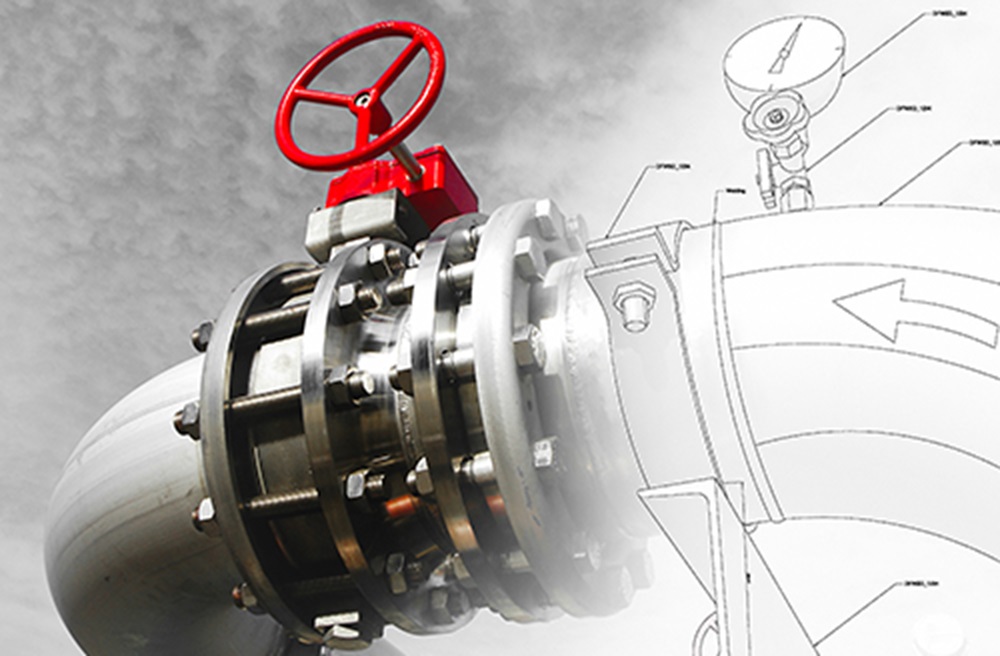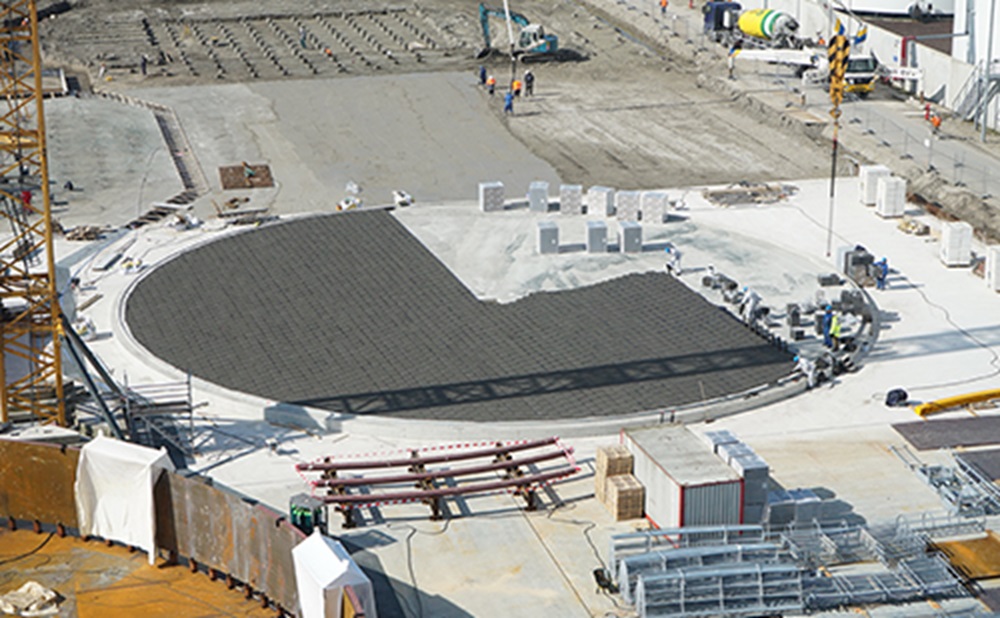The importance of training programmes
for proper insulation installations

For any hydrocarbon-related project, the quality of insulation material and installation are critical for process control, safety and long-term performance. This is especially the case with LNG insulation applications. When effective training programmes are developed and implemented for contractors and their employees, productivity will increase, downtime will decrease, and they will master the techniques necessary for a top-quality installation.
For any hydrocarbon-related project, the quality of insulation material and installation are critical for process control, safety and long-term performance. This is especially the case with LNG insulation applications.
Most insulation failure relates to moisture. If insulation is applied improperly, water vapour can enter the insulation and become saturated, thus allowing ice to form. This can lead to corrosion, integrity degradation, loss of insulating value and, ultimately, failure of the insulation system.
When effective training programmes are developed and implemented for contractors and their employees, productivity will increase, downtime will decrease, and they will master the techniques necessary for a top-quality installation. This translates into the best job possible for the customer or facility owner.
Much has been writ ten and discussed about the ‘brain drain’ with the ageing of the workforce, and specifically a decline in the skilled workforce across a number of trades. The insulation industry is no exception. It requires properly trained installers and inspectors for both today and tomorrow.
Owens Corning has developed global training programmes. It has also opened insulation training centres in Fresno, Texas, US; Tessenderlo, Belgium and Yantai, China where it has training rigs for large- and small-diameter piping. In addition to learning about proper and safe handling of products, people are trained on valves, T-pieces and elbows in an authentic learning environment.
The training centre has classrooms and a display area. Typical training programmes start with a tour of the manufacturing and testing facilities, and include a mix of theoretical and practical training. The company looks at the most-common problems encountered on jobsites and demonstrates the best ways to solve them.
Onsite training
While there is a lot of value to bringing people through training centres, sometimes an onsite training programme is most beneficial because of its real-world attributes, dealing with specific climate, and experience levels of contractors, etc.
When starting a site-specific training programme, there are a few primary elements that are necessary to make it successful. Safety should always be at the forefront of any training programme. The leading priority is to ensure that everyone on the job site gets home safely.
The best way to build an effective training programme is to think about teamwork. It is important to include all of the key people from engineering, construction management, the insulation manufacturer and installer and, equally important, the inspection team.
Lastly, consider the challenges being faced. What is the experience of the installers in the particular area? Have the specifications been reviewed carefully and understood by the installers? Have all of the potential safety hazards been considered? It is important to train the labour pool before the job starts where costs can increase, as can the safety hazards because of having so many labour trades in a centralised area.
Areas of focus for onsite training
- Identify the potential fail points in the insulation system, and why they may fail. Focus on the details necessary to ensure the system does not fail.
- Develop a detailed understanding of the system to be insulated with the installers. When installers clearly understand why they are being asked to do things in a certain way, they buy in and are likely to take the time to follow the exact procedure and not cut corners (which could lead to system failure in the future).
- Study detailed drawings and step-by-step application procedures. This allows for a thorough review by the installers, inspectors, design team and construction management, which helps to remove any questionable steps and ensure everyone is on the same page for the installation.
- Create an environment where trainers and installers are open-minded about the application so they are willing to try new techniques. This will help to win over any closed-minded people that are set in their ways and may not allow themselves to learn a different way to install insulation.
- Discuss details such as acceptable joints in the insulation, overlapping of vapour retardant jacketing, offsetting joints, tolerances between layers of a multi-layer system, installing vapour stops, etc.
- Explain the proper applications of accessories, including the preferred temperatures for application and storage.
- Establish the appropriate inspections and hold points for the project. Teach installers how to repair damaged or improper applications before they move to the next step in completing the insulation system. This is critical. All inspectors and management must enter an agreement as to what is an acceptable application and what is not.
In different parts of the world, workforces can vary in their level of experience. There is also a growing trend toward modularisation of system components in multiple locations, which makes on-site training even more important.
Installers on one site may be fully qualified with robust LNG project experience, while some in another location may be new to insulation installation in general.
There can also be large differences in temperature and climate among various locations that can affect appropriate installation procedures making onsite training that is tailored to the specific environment a real added value.
Conclusion
When the engineer, general contractor, insulation installer, inspector and insulation manufacturer work together to build a positive training programme, everyone tries harder to stay on course, and the results can be tremendous.
Developing a training programme for a specific workforce and geographic location will open people’s minds and build the skills and techniques for installing long-lasting, energy-efficient insulation systems while helping to create a safer work environment. And this can be transferred to future projects.






